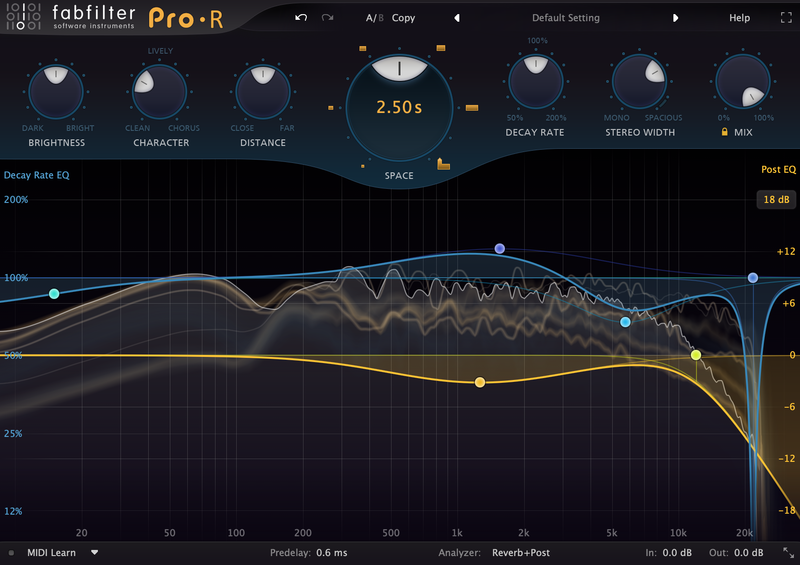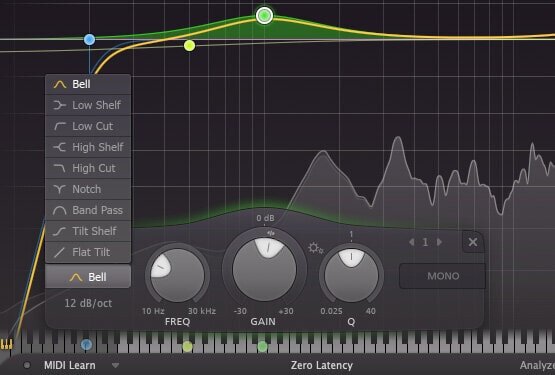
External Spectrum Visualization and Collision Detection. All these analyzers and features can be toggled using the “Analyzer” pop-up menu. Pre-EQ and Post-EQ analysis are pervasive in many EQs, but Pro-Q 3 stole the show with its external spectrum visualization and collision detection. (fig a1, fig a2)Īn excellent built-in spectrum analyzer with Pre-EQ, Post-EQ, external spectrum visualization, and collision detection is available. The ultra-steep ‘Brick-wall’ slope setting for low pass and high pass filters is the highlight. In addition to standard Bell, Notch, High/Low Shelf, High/Low Cut, Band Pass filters, Pro-Q 3 also offers Flat Tilt and Tilt Shelf filters that can be used to tilt the spectrum around a specific frequency with or without using a flat curve respectively. 
Bands can be placed just by double-clicking anywhere on the visual spectrum.

The capability of using up to 24 bands in one instance is more than enough, even in very complex surgical operations. Pro-Q 3 offers fantastic sound quality and does not color the sound, thus staying extremely transparent.

I will try to answer all these questions in this post.
Will it be any better than the stock EQ in my DAW?. Here they are again with yet another show stopper, “Pro-Q 3”, with a familiar design but packing many more features under the hood.Ī lot of questions come to mind whenever one considers buying a plugin: FabFilter is known for making visually detailed and impressive-sounding plugins with easy-to-use interfaces.







 0 kommentar(er)
0 kommentar(er)
